Generation Tahrir
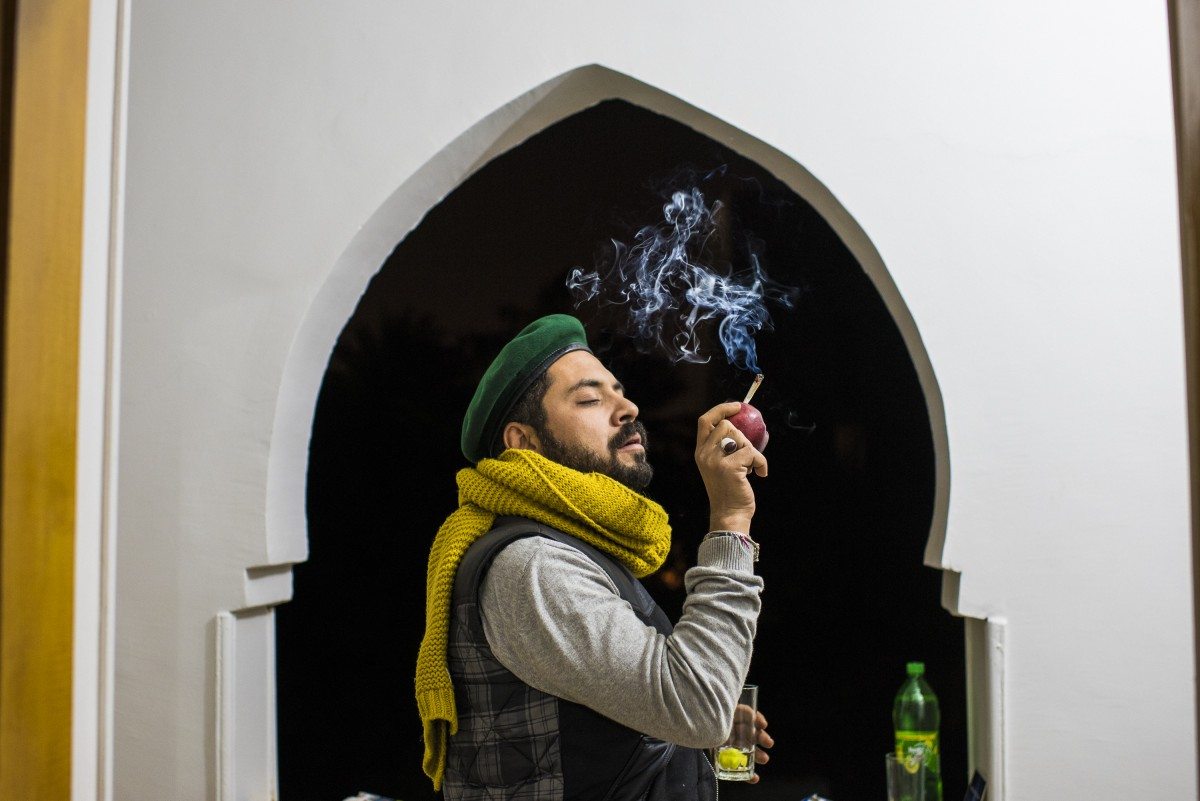
To Khaled.
A few months ago, Esraa al-Taweel, a 23-year-old photographer, disappeared. She was seen two weeks later at the Qanater prison for women. We learned from a letter leaked from jail that she had been interrogated in the basement of a detention centre, for days and nights. Ahmed Zo’la, an electro shaabi DJ is dead. Assassinated. Killed by a bullet from the police in a demonstration in Matareya, in January 2015. Ahmed Douma, 29, a leftist revolutionary, was sentenced to life in prison for organising a demonstration in December 2011. Eman Mohamed, an Islamist rebel, preferred exile to the repression targeting the Muslim Brotherhood and its sympathisers since Mohamed Morsi’s destitution by the army in 2014. As I dig in my archives of photographs, I keep finding faces that are no more — or are slowly fading away…
The Egyptian youth: the spark of the revolution, famous or anonymous, disappeared from the screens. But not only. The streets were confiscated from them. The future of the country was silenced, muzzled, gagged, suffocated. In the country of the Pharaohs, repression towards the youth became arbitrary and ferocious. Since Field Marshal Sisi came to power, a policy of terror has emerged, striking randomly at activists and political opponents. Sisi’s predecessor, the Muslim brother Mohamed Morsi, had already prepared the ground for this by limiting basic freedoms. How many are today rotting behind bars under absurd charges, each one even more absurd than the other? How many have been shot dead or fled Egypt during the past five years?
Flee. Without looking back. In tears, from all this violence. A radical action, like dying. A few refuse to leave, by conviction, but most simply do not have the choice.
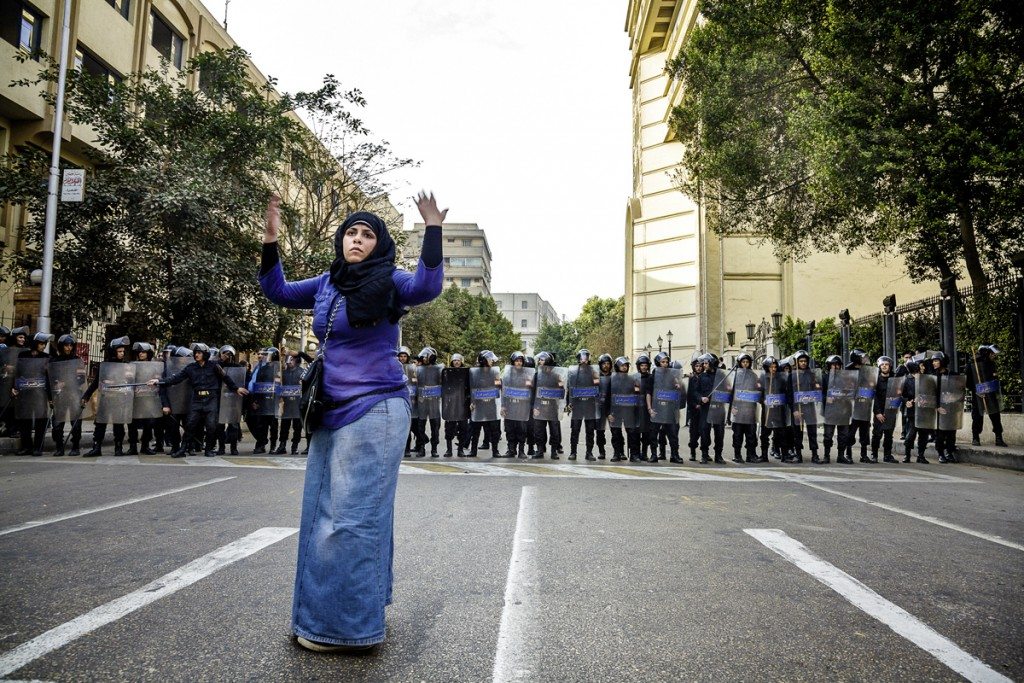
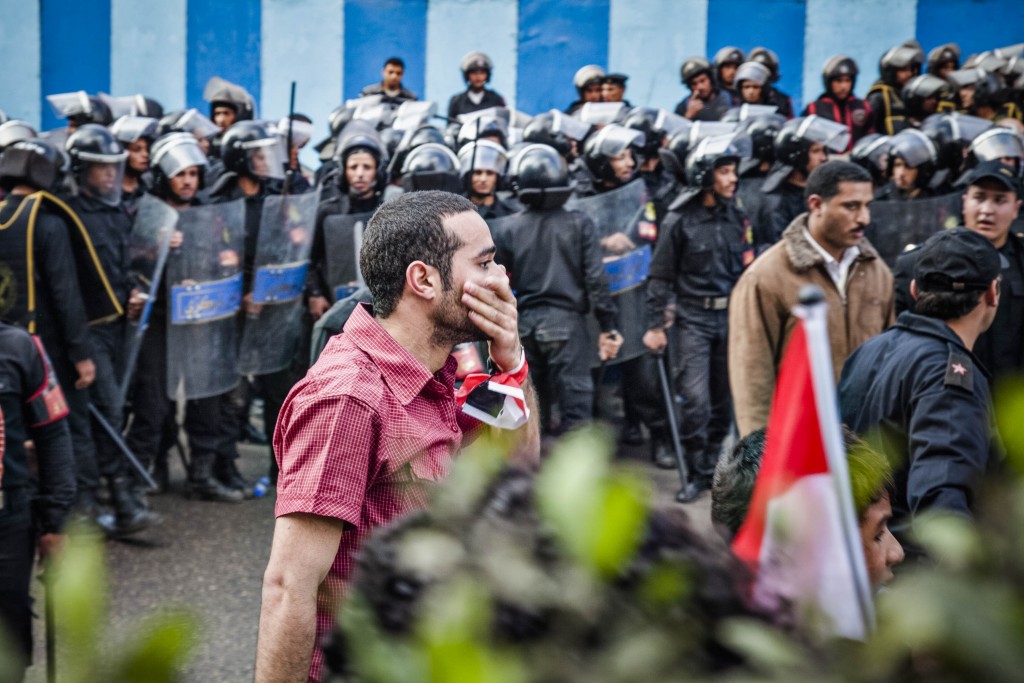

In 2011, the last symbol of the tyranny of patriarchy was Mubarak. A patriarchal figure, he represented all the dissatisfactions the young wanted to fight against. All the violence they went through. The revolt was sexual, economic and even social. Evil became personified in Mubarak. And everyone agreed: he had to leave.
Five years later, preoccupations and frustrations haven’t changed. The struggles are the same, but the battles have moved underground. One must stay down there for a long time — dig deep, probe, search — to realise. Today’s weapons are different. And against all odds, the cultural and artistic life is resuming.
Convinced that Egypt is going through change under this despotic regime, I began to search, without stopping, for the proofs that such an emancipation was taking place. I stayed in contact with this “Tahrir generation.” How did they escape the restrictions to find a new model for living together under a heavy political sky? How did they stay alive, standing and dignified against this terrifying chaos? My pictures will never be powerful enough to express the violence this youth is confronted with on a daily basis.

I left Egypt in September 2013, taken away from the place where I felt home. I was pregnant, the working conditions for journalists and photographers had become terrible after the Rabaa massacre. Then, starting in May 2014, I began coming back regularly.
In a context of propaganda, where the state tries hard to rewrite history, to reinvent its heroes, to disguise the truth, I feel a sense of urgency to publish this book. To share a personal vision of that period in Egyptian history. Despite the deleterious climate and the legitimate feeling that so many youth have, of having sacrificed, it is from those same youth that I draw my energy.
I consider this work a trace of an unfinished history. So that the photographs will stay when the faces fade away from our memories.
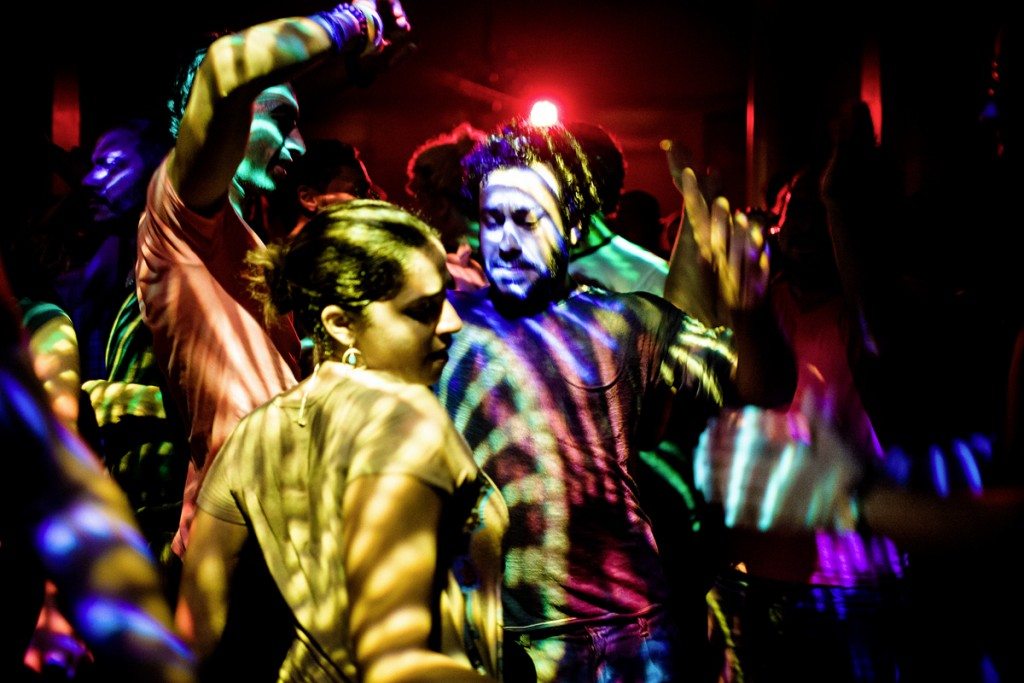
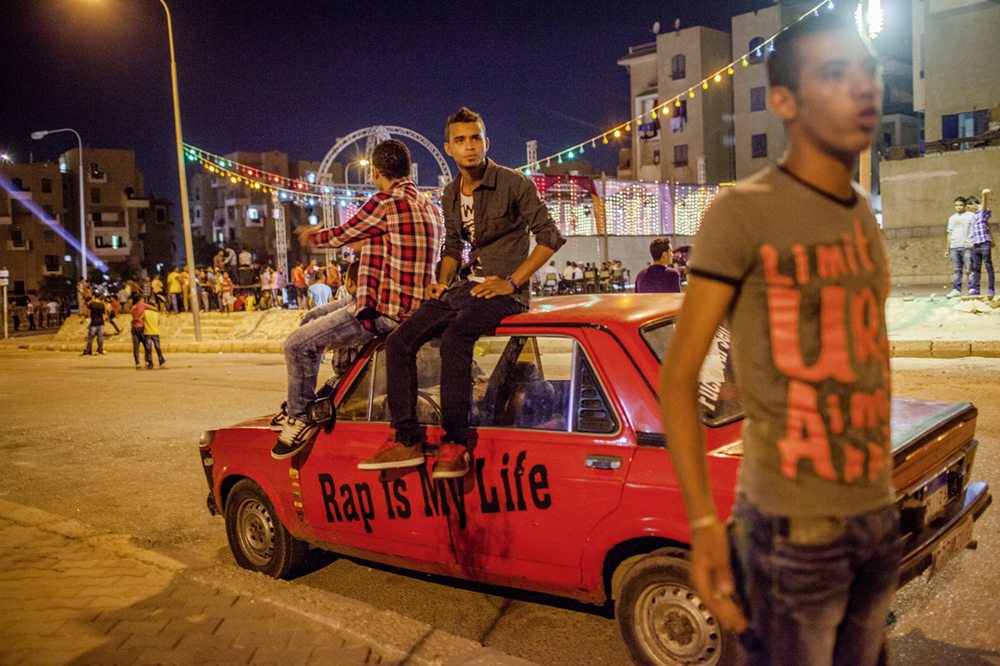
The text and pictures are extracted from documentary photographer Pauline Beugnies‘ book Génération Tahrir (Tahrir Generation).






